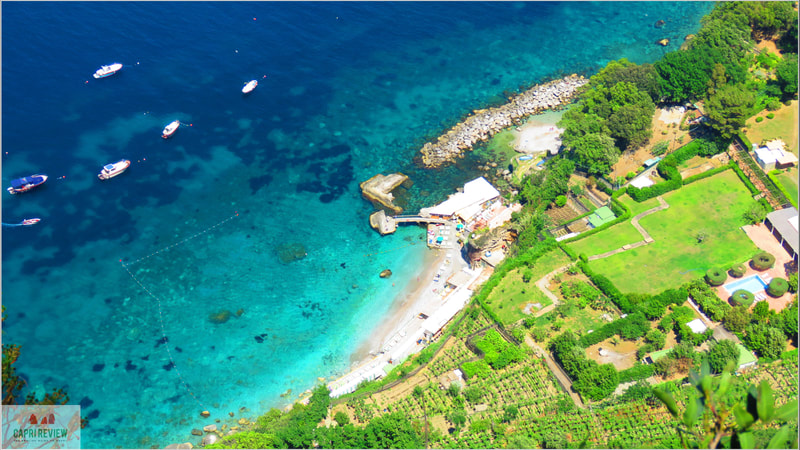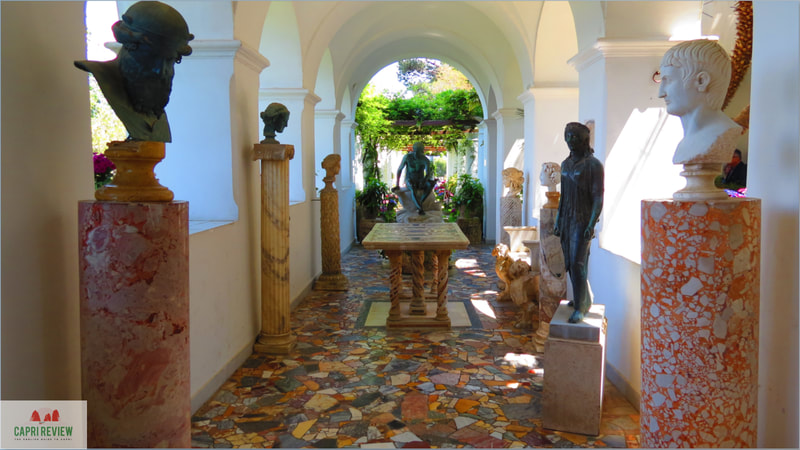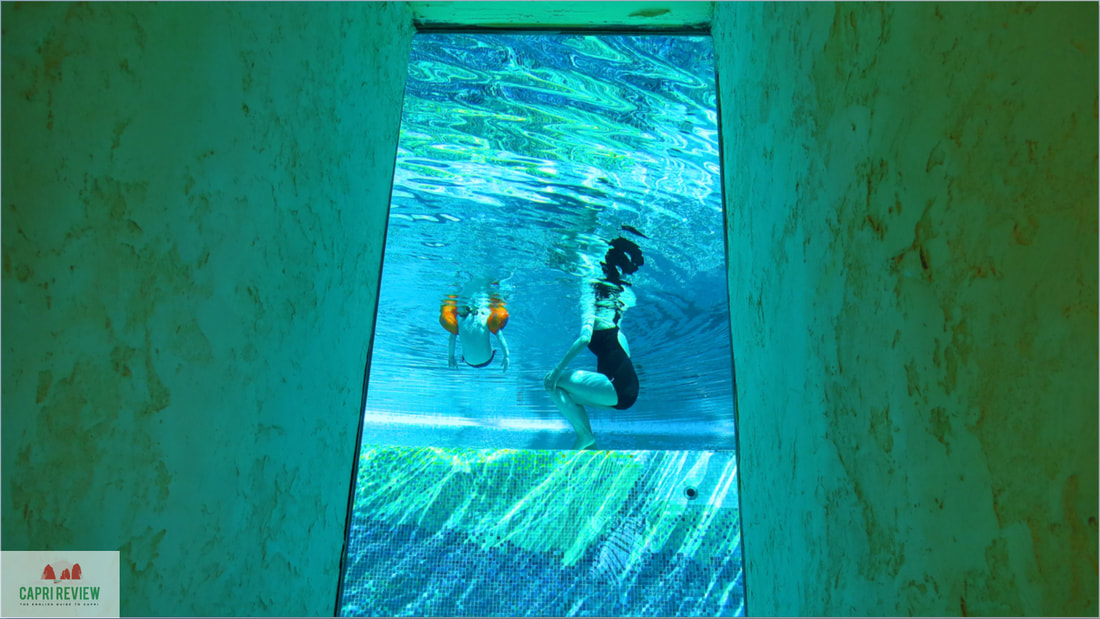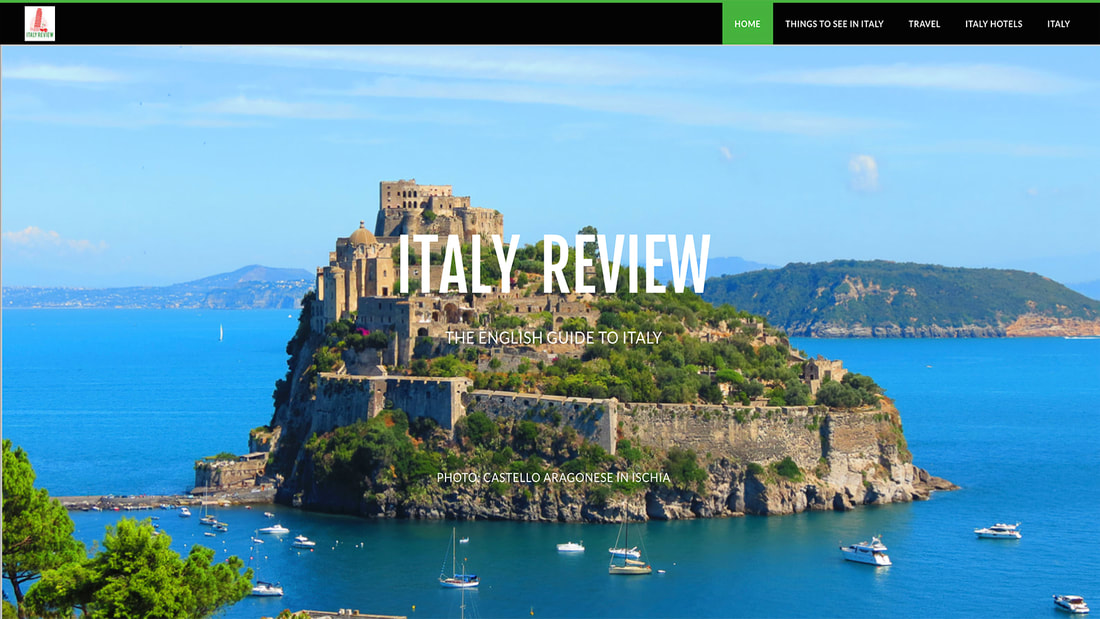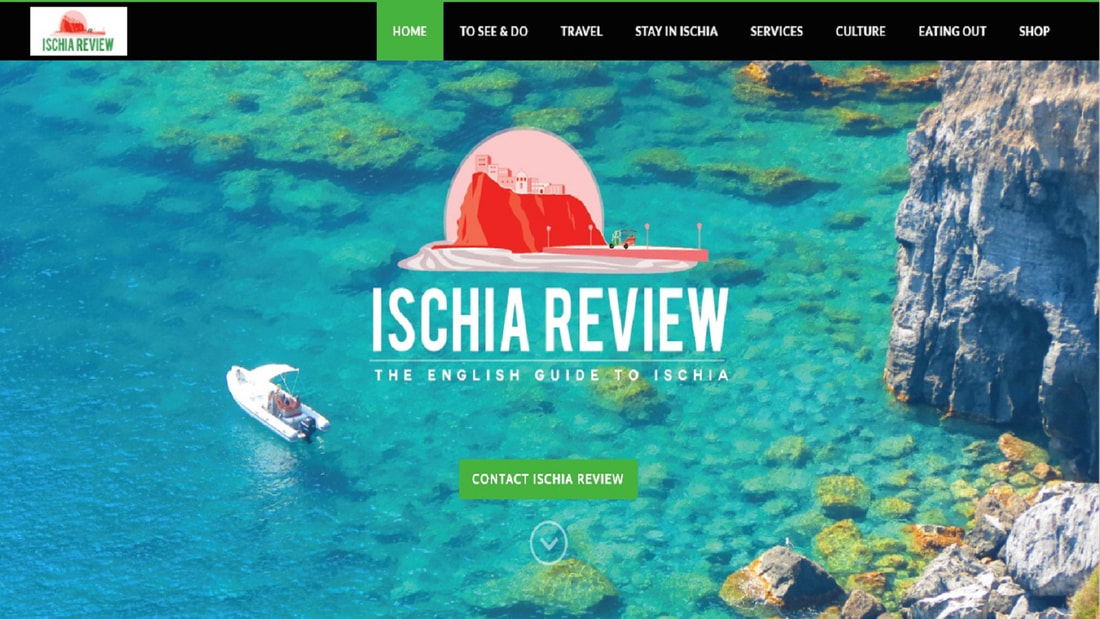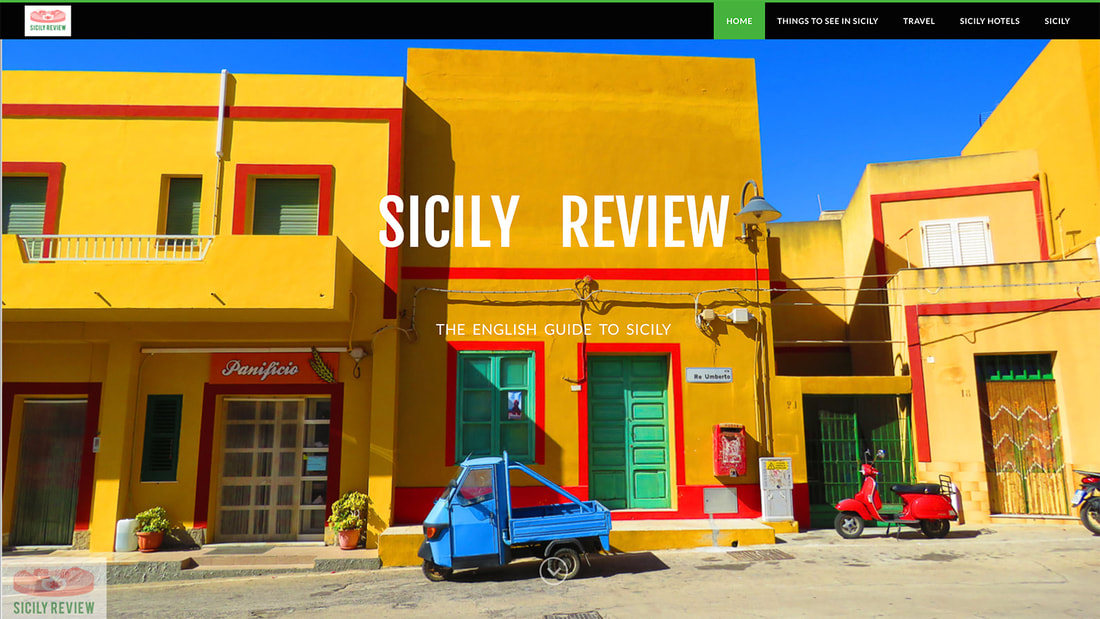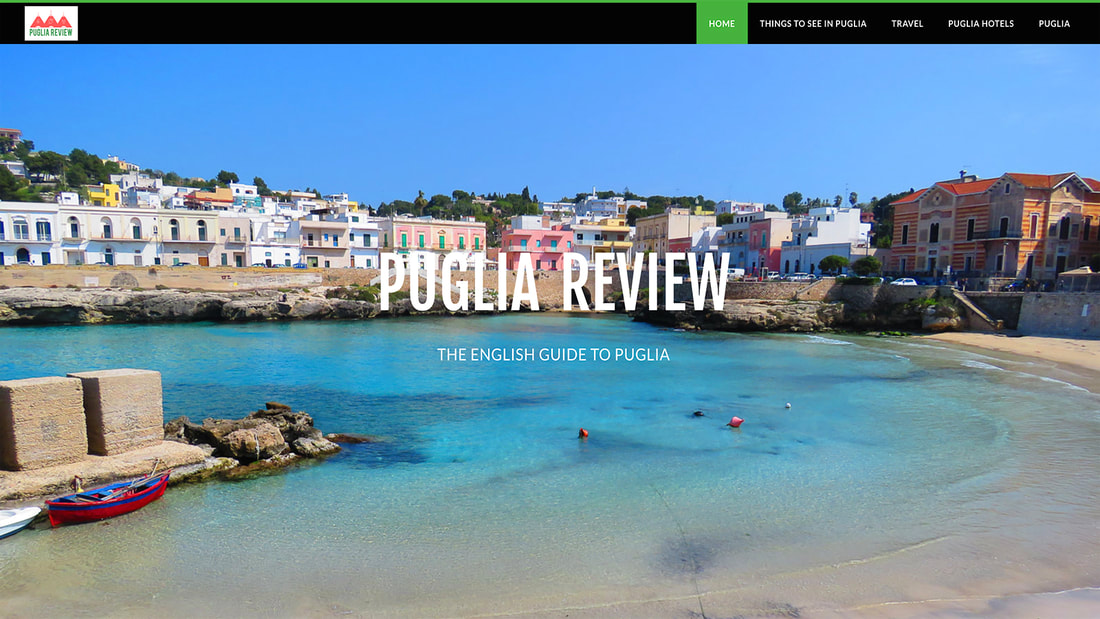Capri
Latest update: 8 January 2024
|
Rising gracefully out of the sea at the southern end of the Gulf of Naples, the island of Capri offers a heady cocktail of glamour and natural beauty.
Roman Emperor Augustus was the first illustrious guest to be charmed by the island and so taken with it was his successor Tiberius, that he chose to live out his final years here, making it the de facto capital of the Empire from 27 AD until his death 10 years later. Tiberius lived in a magnificent palace called Villa Jovis, from where he not only ruled, but explored his curious sexual appetites. |
Related links
Capri is located 34 kilometres directly south of Naples, and stands just at the tip of the Sorrentine Peninsula. Despite its diminutive size of 10.4 km², Capri's fame spreads far and wide, making it one of the most-visited destinations in Italy.
There are few places in the world with such a concentration of beautiful natural sights; the most famous of all here being the Blue Grotto, a sea cave with a tiny entrance that glows the most dazzling shade of blue. There are similar caves all around the island that don't attract quite as much attention but are still to be enjoyed just as much, such as the Green Grotto, a little further around the shoreline.
The iconic image of Capri comes its towering sea stacks called the Faraglioni at the south-eastern corner of the island. You can take boat tours around the island to see the grottoes and at a certain point, also pass through an improbable gap in one of the rocks.
Most visitors arrive by ferry or hydrofoil at the port of Marina Grande on the northern shore. Tourists flock to Capri from Naples, Sorrento, the Amalfi Coast and Ischia. On arrival at Marina Grande, most people then take the funicular railway up the steep hill to Capri Town and its famous little square called the Piazzetta. For many, it is Capri's designer boutiques that make it such an attractive draw and there is certainly no shortage of shopping options in this area of Capri. The most famous shopping street of all is Via Camerelle where models and billionaires mingle with regular shoppers.
Just a short walk from Via Camerelle is the complex of the Certosa di San Giacomo a 14th century monastery that now has a museum and elegant grounds to explore. In the same area as the Certosa are the beautiful Augustus Gardens; memorable not only for the flower arrangements, but for the incredible views across to Marina Piccola in one direction and to the Faraglioni in the other.
Capri Town represents the lower, eastern half of the island but still has the heights of Mount Tiberius to discover. The main sight here is the ruins of Villa Jovis where among other activities, Emperor Tiberius used to fling his lovers over the rocks once he'd finished with them. A more modern villa can be reached by heading north of Villa Jovis; also famed for its debauchery of a different kind, Villa Lysis (also known as Villa Fersen) contains an opium den and legends abound as to the parties that took place within its walls. It is though, one of the most dramatic settings on the island with the views down to Marina Grande from its gardens.
Occupying the more elevated, western half of the island is the town of Anacapri. From Capri Town you can take a memorable bus ride up the mountain to Anacapri, seemingly hanging over a cliff-edge at a certain point with some dizzying views of the island thrown in. On arrival at Anacapri's Piazza Vittoria, the main destination is the Villa San Michele and Axel Munthe Museum with its beautiful gardens and stunning views down to Marina Grande. You don't actually have to enter the villa to enjoy those views though; the shop-lined walkway just outside the villa leads to a pathway at the top of the cliff from where you can take some wonderful photos.
At 589 metres, Anacapri's Mount Solaro is the highest peak on the island and can be reached either via a twisting, turning mountain path, or as most people choose, a chairlift. Once at the top of the mountain you can experience a different side to the island, a rugged mountain-top rich in vegetation and a fascinating area known as Cetrella which is popular with hikers. Also not to be missed in Anacapri is the Chiesa di San Michele Arcangelo with its incredible ceramic floor made up of majolica tiles.
The third most popular area of the island is Marina Piccola. If it's the summer and you've come to Capri to swim, then this is one of the best places to do so with a number of beach clubs available. The crystalline water here is quite magical and combined with the views across to the Faraglioni sea stacks there are few better places you could choose to while away the hours. There are further areas of beach clubs around the island close to the Faraglioni, around Marina Grande and across Anacapri's northern shoreline.
Nature-lovers can really make the most out of a trip to Capri via a series of walking routes. One of the most popular is the Pizzolungo walk which has various routes that can be undertaken. The main route passes by the Faraglioni on an undulating path at the island's south-east corner. At Anacapri on the opposite side of the island, the Path of the Forts and Migliera routes are just two of the options available.
With so much to pack in to a visit to Capri it can be difficult to know how best to pass your time so I've created a series of Capri Itineraries to help you plan your day, or multiple days depending on how long you have.
Capri can be reached from Naples by either hydrofoil or ferry with journey times from 25 minutes for the hydrofoil to around an hour with the ferries. A large chunk of the island's visitors take the short hop across from Sorrento with a journey time of around 20 minutes, or from the major destinations along the Amalfi Coast such as Positano and Amalfi itself. During the summer months there are also direct connections with the island of Ischia, an hour's hydrofoil journey west of Capri.
There are few places in the world with such a concentration of beautiful natural sights; the most famous of all here being the Blue Grotto, a sea cave with a tiny entrance that glows the most dazzling shade of blue. There are similar caves all around the island that don't attract quite as much attention but are still to be enjoyed just as much, such as the Green Grotto, a little further around the shoreline.
The iconic image of Capri comes its towering sea stacks called the Faraglioni at the south-eastern corner of the island. You can take boat tours around the island to see the grottoes and at a certain point, also pass through an improbable gap in one of the rocks.
Most visitors arrive by ferry or hydrofoil at the port of Marina Grande on the northern shore. Tourists flock to Capri from Naples, Sorrento, the Amalfi Coast and Ischia. On arrival at Marina Grande, most people then take the funicular railway up the steep hill to Capri Town and its famous little square called the Piazzetta. For many, it is Capri's designer boutiques that make it such an attractive draw and there is certainly no shortage of shopping options in this area of Capri. The most famous shopping street of all is Via Camerelle where models and billionaires mingle with regular shoppers.
Just a short walk from Via Camerelle is the complex of the Certosa di San Giacomo a 14th century monastery that now has a museum and elegant grounds to explore. In the same area as the Certosa are the beautiful Augustus Gardens; memorable not only for the flower arrangements, but for the incredible views across to Marina Piccola in one direction and to the Faraglioni in the other.
Capri Town represents the lower, eastern half of the island but still has the heights of Mount Tiberius to discover. The main sight here is the ruins of Villa Jovis where among other activities, Emperor Tiberius used to fling his lovers over the rocks once he'd finished with them. A more modern villa can be reached by heading north of Villa Jovis; also famed for its debauchery of a different kind, Villa Lysis (also known as Villa Fersen) contains an opium den and legends abound as to the parties that took place within its walls. It is though, one of the most dramatic settings on the island with the views down to Marina Grande from its gardens.
Occupying the more elevated, western half of the island is the town of Anacapri. From Capri Town you can take a memorable bus ride up the mountain to Anacapri, seemingly hanging over a cliff-edge at a certain point with some dizzying views of the island thrown in. On arrival at Anacapri's Piazza Vittoria, the main destination is the Villa San Michele and Axel Munthe Museum with its beautiful gardens and stunning views down to Marina Grande. You don't actually have to enter the villa to enjoy those views though; the shop-lined walkway just outside the villa leads to a pathway at the top of the cliff from where you can take some wonderful photos.
At 589 metres, Anacapri's Mount Solaro is the highest peak on the island and can be reached either via a twisting, turning mountain path, or as most people choose, a chairlift. Once at the top of the mountain you can experience a different side to the island, a rugged mountain-top rich in vegetation and a fascinating area known as Cetrella which is popular with hikers. Also not to be missed in Anacapri is the Chiesa di San Michele Arcangelo with its incredible ceramic floor made up of majolica tiles.
The third most popular area of the island is Marina Piccola. If it's the summer and you've come to Capri to swim, then this is one of the best places to do so with a number of beach clubs available. The crystalline water here is quite magical and combined with the views across to the Faraglioni sea stacks there are few better places you could choose to while away the hours. There are further areas of beach clubs around the island close to the Faraglioni, around Marina Grande and across Anacapri's northern shoreline.
Nature-lovers can really make the most out of a trip to Capri via a series of walking routes. One of the most popular is the Pizzolungo walk which has various routes that can be undertaken. The main route passes by the Faraglioni on an undulating path at the island's south-east corner. At Anacapri on the opposite side of the island, the Path of the Forts and Migliera routes are just two of the options available.
With so much to pack in to a visit to Capri it can be difficult to know how best to pass your time so I've created a series of Capri Itineraries to help you plan your day, or multiple days depending on how long you have.
Capri can be reached from Naples by either hydrofoil or ferry with journey times from 25 minutes for the hydrofoil to around an hour with the ferries. A large chunk of the island's visitors take the short hop across from Sorrento with a journey time of around 20 minutes, or from the major destinations along the Amalfi Coast such as Positano and Amalfi itself. During the summer months there are also direct connections with the island of Ischia, an hour's hydrofoil journey west of Capri.
|
Region: Campania
Province: Metropolitan City of Naples Population: 14,162 Size: 10 km² Highlights: Faraglioni, Villa San Michele, Blue Grotto, Anacapri Recommended accommodation: Hotel Orsa Maggiore |
|
Arrival port: Marina Grande
Journey time from mainland: 20 minutes Distance from nearest mainland port: 17 km |
Arrive by: Ferry, hydrofoil
Arrive from: Sorrento, Naples, Ischia, Positano, Amalfi, Salerno Nearest airport: Naples International Airport |

